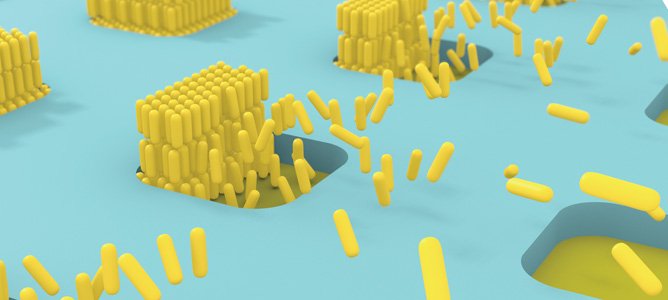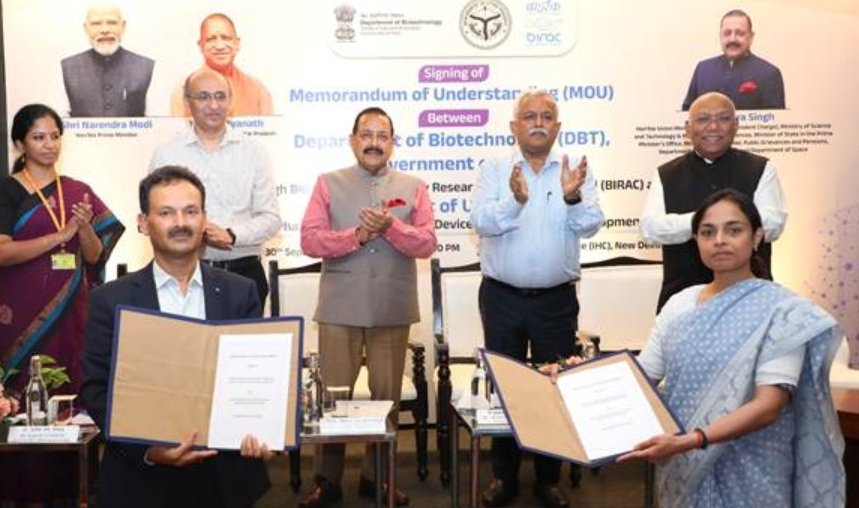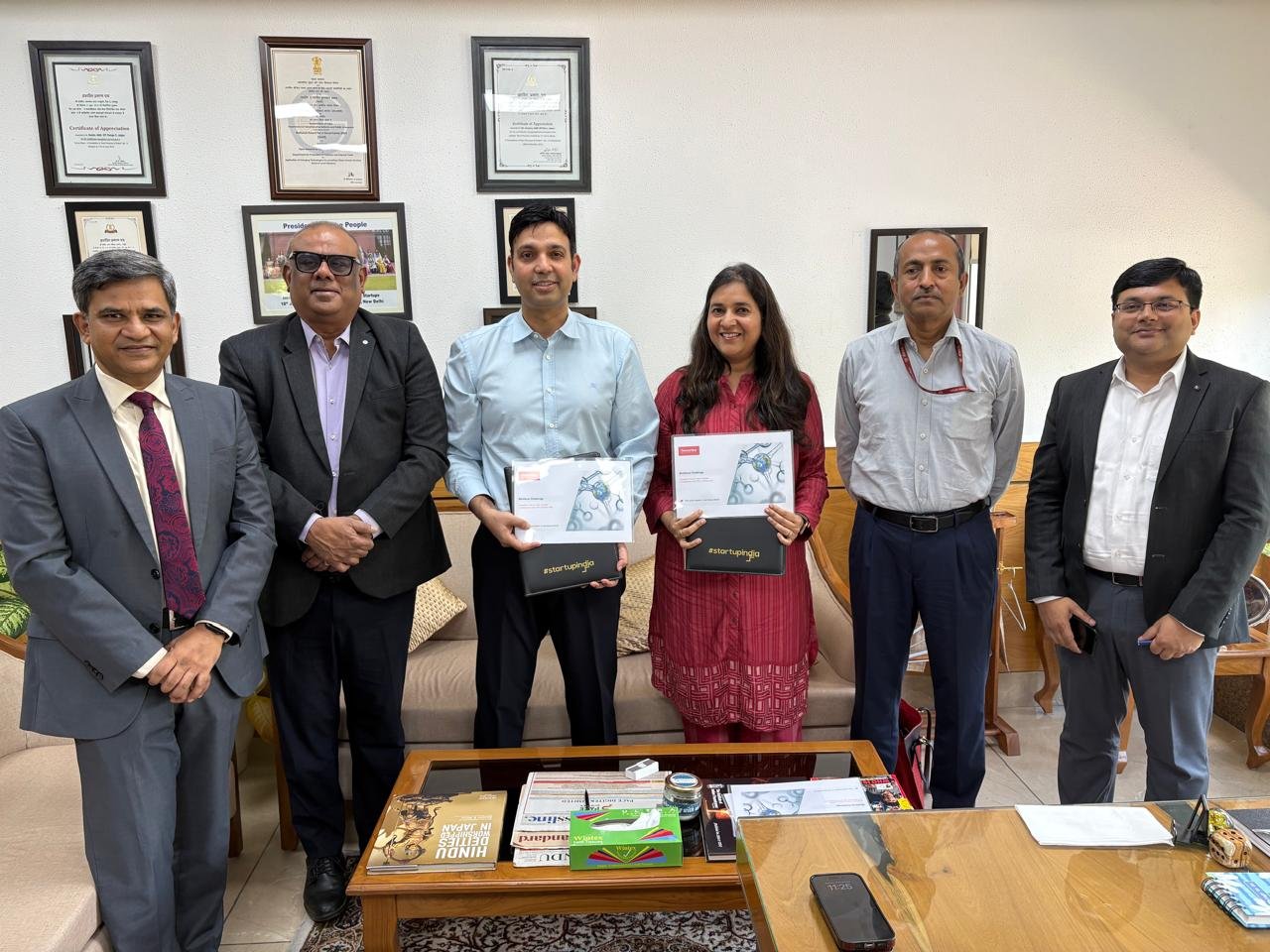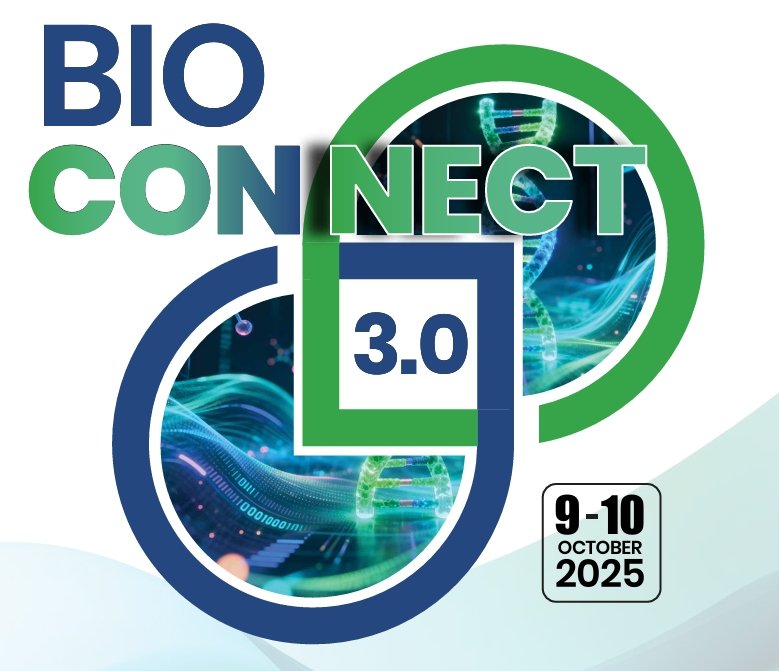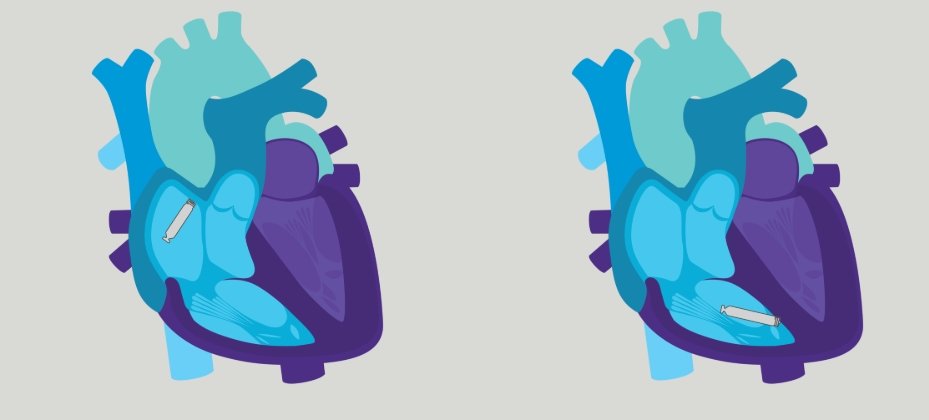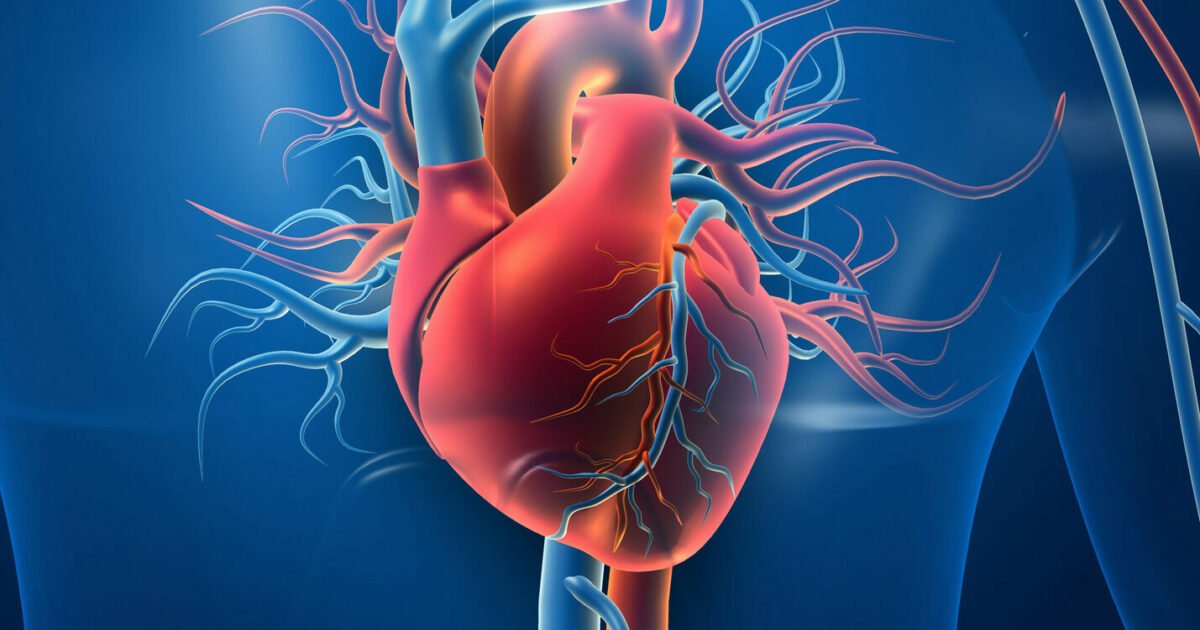Researchers develop gold nanorods to kill cancer cell
May 14, 2019 | Tuesday | News
Compared to other gold nanoparticles, gold nanorods have several advantages, including high surface area, unique physical, chemical and optical properties, biocompatibility and the ability to be conjugated with other molecules
Scientists at the University of Birmingham are working with a Canadian tech company to investigate whether gold nanorods can be used to target cancer cells in the human body.
They have joined experts at Sona Nanotech Inc. to develop the next generation of nanorods for tissue imaging.
The team will work with its Canadian partners - beginning by creating luminescent nanorods by transforming gold nanorods provided by Sona with transition metals using technology created at Birmingham.
Team leader Zoe Pikramenou, Professor of Inorganic Chemistry and Photophysics at the University of Birmingham, said: “The scientific community is only just beginning to explore the exciting potential of gold nanoparticles in medical applications such as diagnostics, drug delivery and cancer treatment.
“With its unique CTAB-free gold nanorods, Sona Nanotech has produced an innovative next-generation product that is ideally suited for these applications, which is why we have such high hopes for this collaborative project.”
Professor Pikramenou runs an interdisciplinary research programme on Photophysics in Nanoscience and Biomolecular Chemistry using supramolecular design and synthesis, coordination chemistry, luminescence spectroscopy and imaging.
Her team will evaluate differences in uptake with conventional nanoparticles and evaluate the attachment of antibodies for specific targeting of cancer tissues using techniques established in the group.
Compared to other gold nanoparticles, gold nanorods have several advantages, including high surface area, unique physical, chemical and optical properties, biocompatibility and the ability to be conjugated with other molecules.
This enables them to be used in more efficient drug targeting and delivery and enhanced bio-imaging, which is driving market demand.


